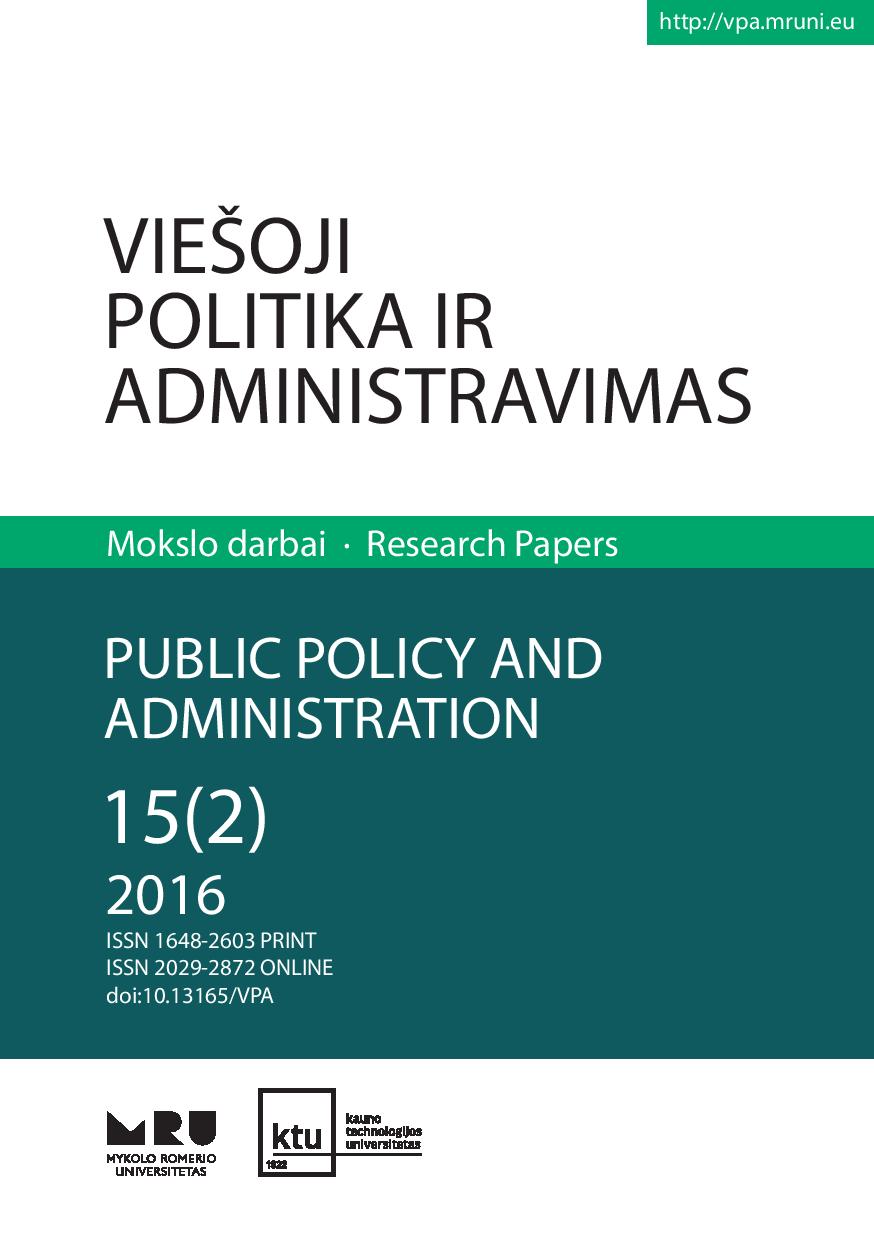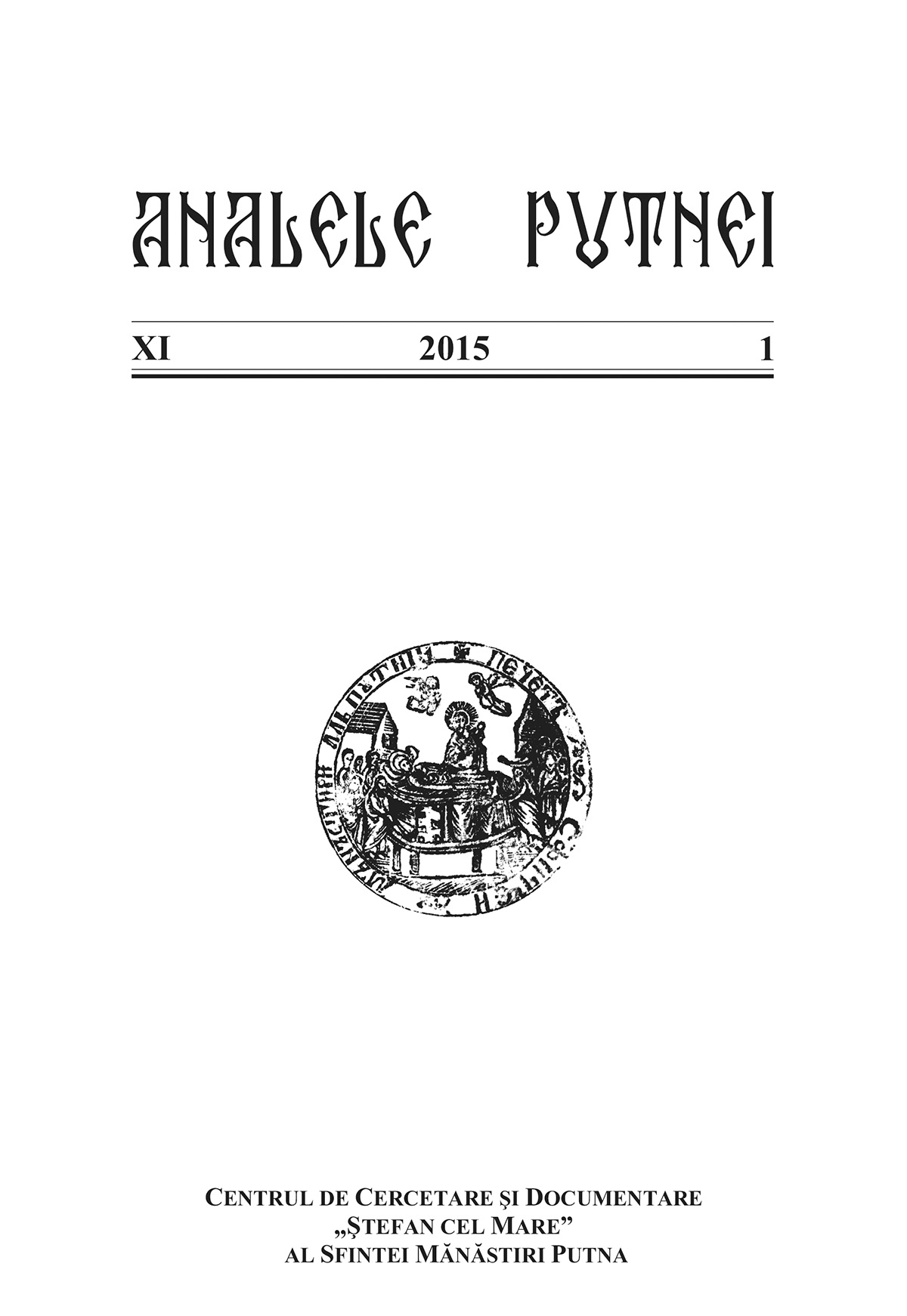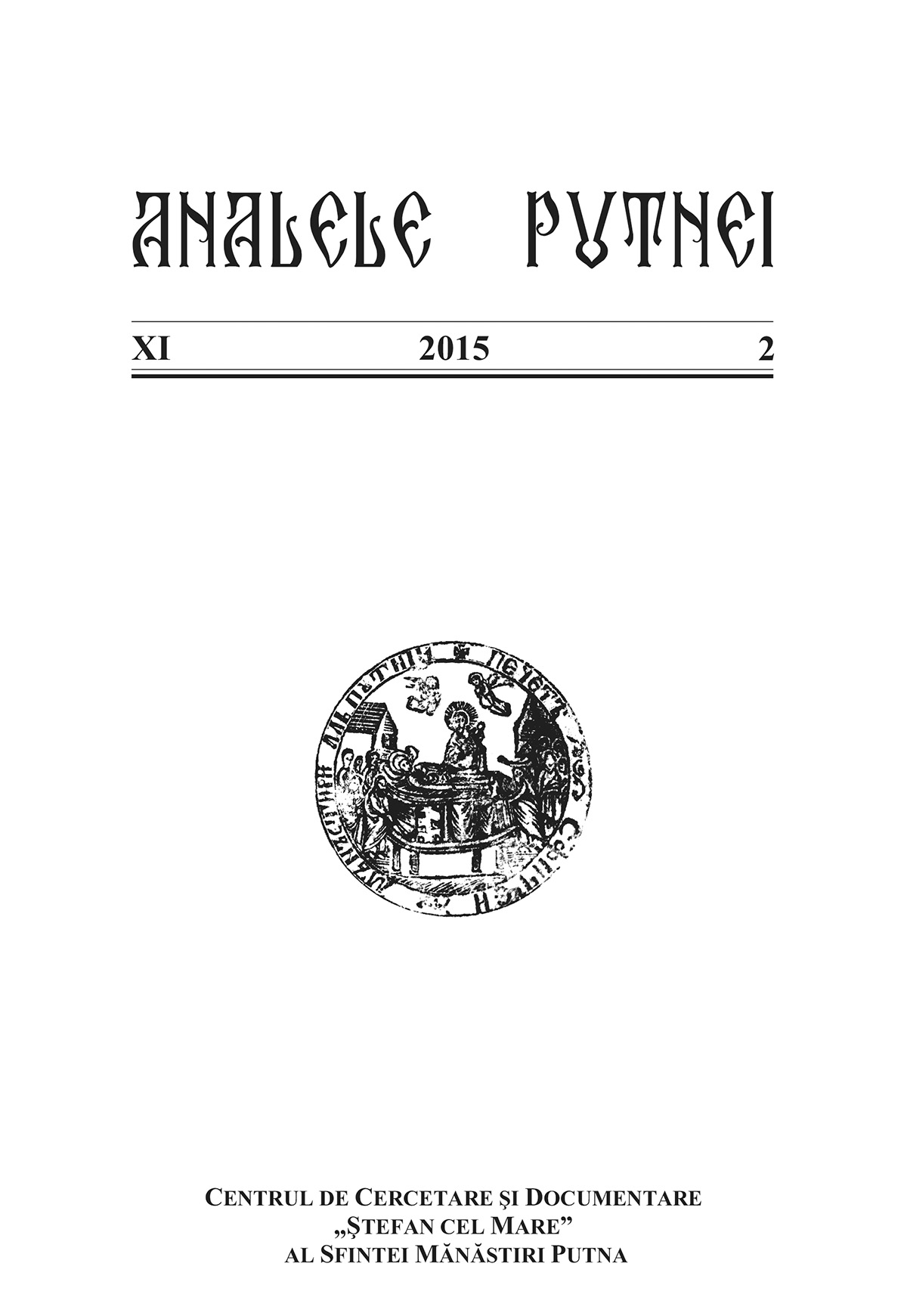Semantic Models of Sentences with Verbs of Motion in Standard Language and in Scientific Language Used in Biology
Semantic Models of Sentences with Verbs of Motion in Standard Language and in Scientific Language Used in Biology
Keywords: semantic models of sentences; verbs of motion; Agens and Patiens; Direktiv1; semantic predicative; action; process; standard language; scientific language;
The semantic models of sentences with verbs of motion in German standard language and in scientific language used in biology are analyzed in the article. In its theoretic part it is affirmed that the article is based on the semantic theory of the sentence. This theory, in its turn, is grounded on the correlation of semantic predicative classes and semantic roles. The combination of semantic predicative classes and semantic roles is expressed by the main semantic formula – proposition. In its practical part the differences between the semantic models of standard and scientific language used in biology are explained. While modelling sentences with verbs of motion, two groups of semantic models of sentences are singled out: that of action (Handlung) and process (Vorgang). The analysis shows that the semantic models of sentences with semantic action predicatives dominate in the text of standard language while the semantic models of sentences with semantic process predicatives dominate in the texts of scientific language used in biology. The differences how the doer and direction are expressed in standard and in scientific language are clearly seen and the semantic cases (Agens, Patiens, Direktiv1) help to determine that. It is observed that in scientific texts of high level of specialization (biology science) in contrast to popular scientific literature models of sentences with moving verbs are usually seldom found. They are substituted by denominative constructions. In conclusions it is shown that this analysis can be important in methodics, especially planning material for teaching professional-scientific language.
More...


